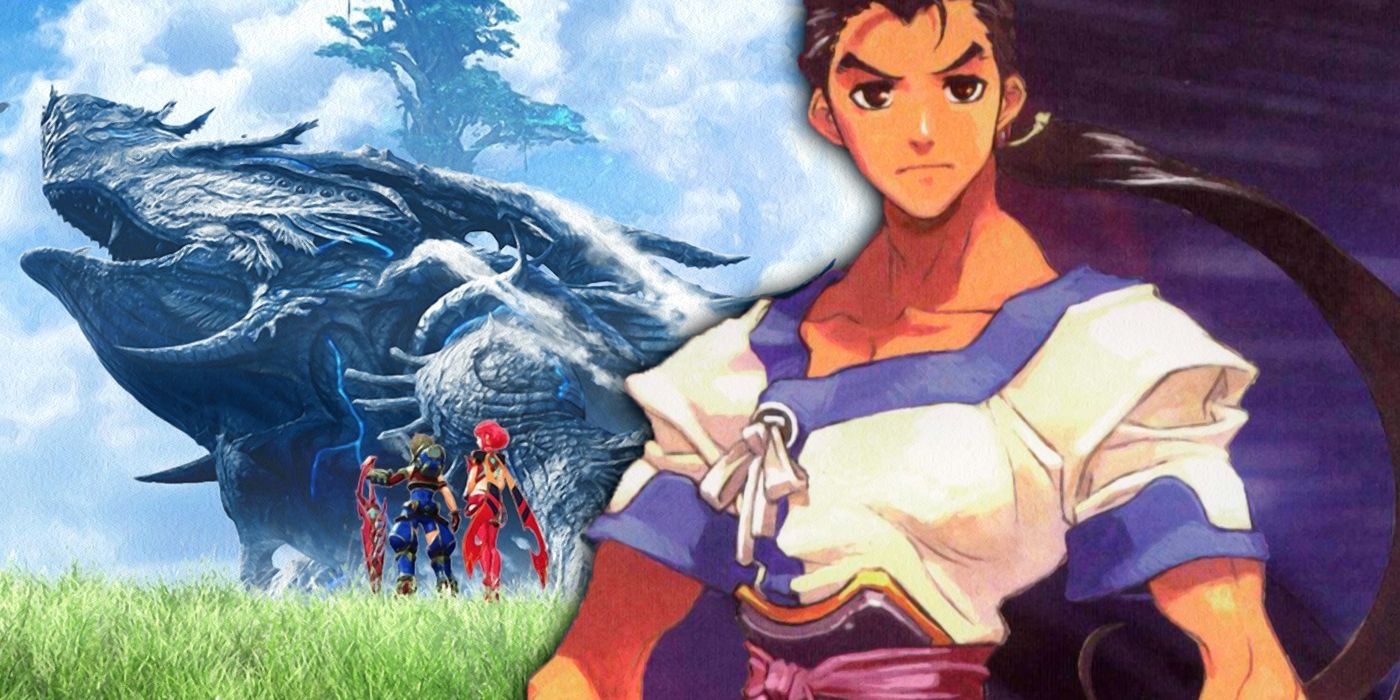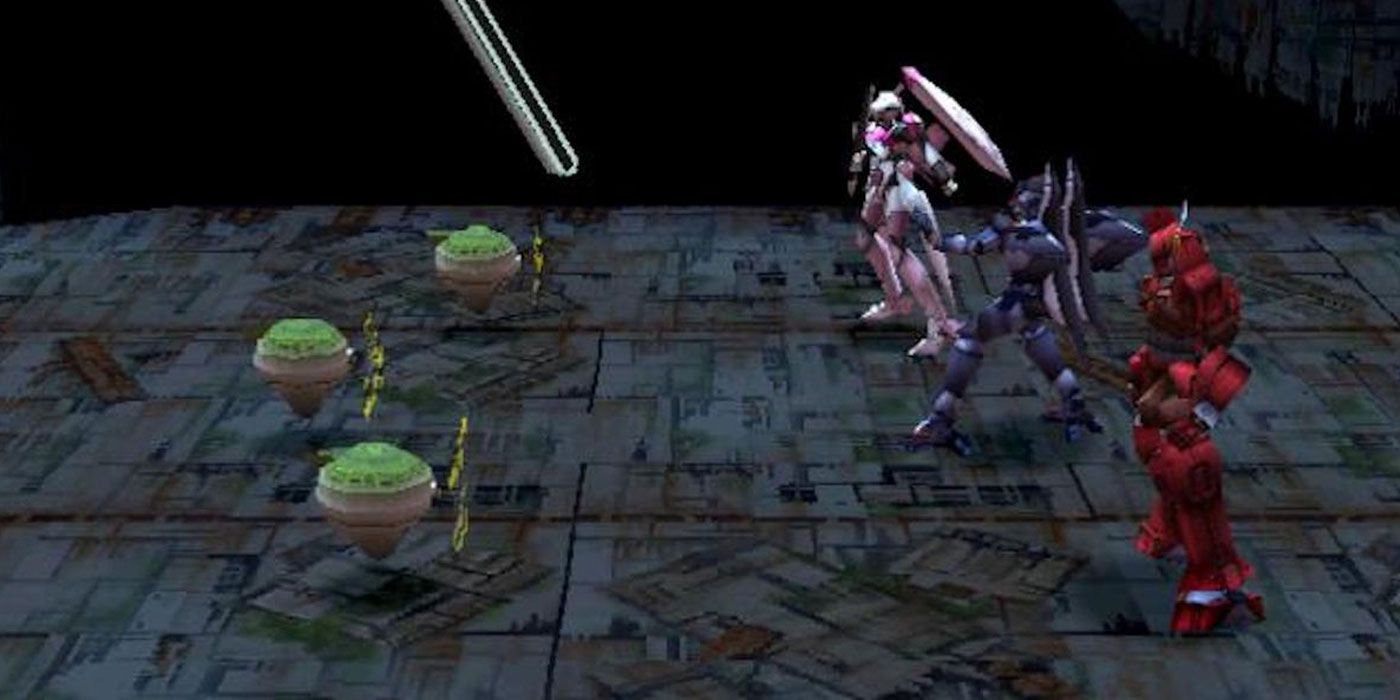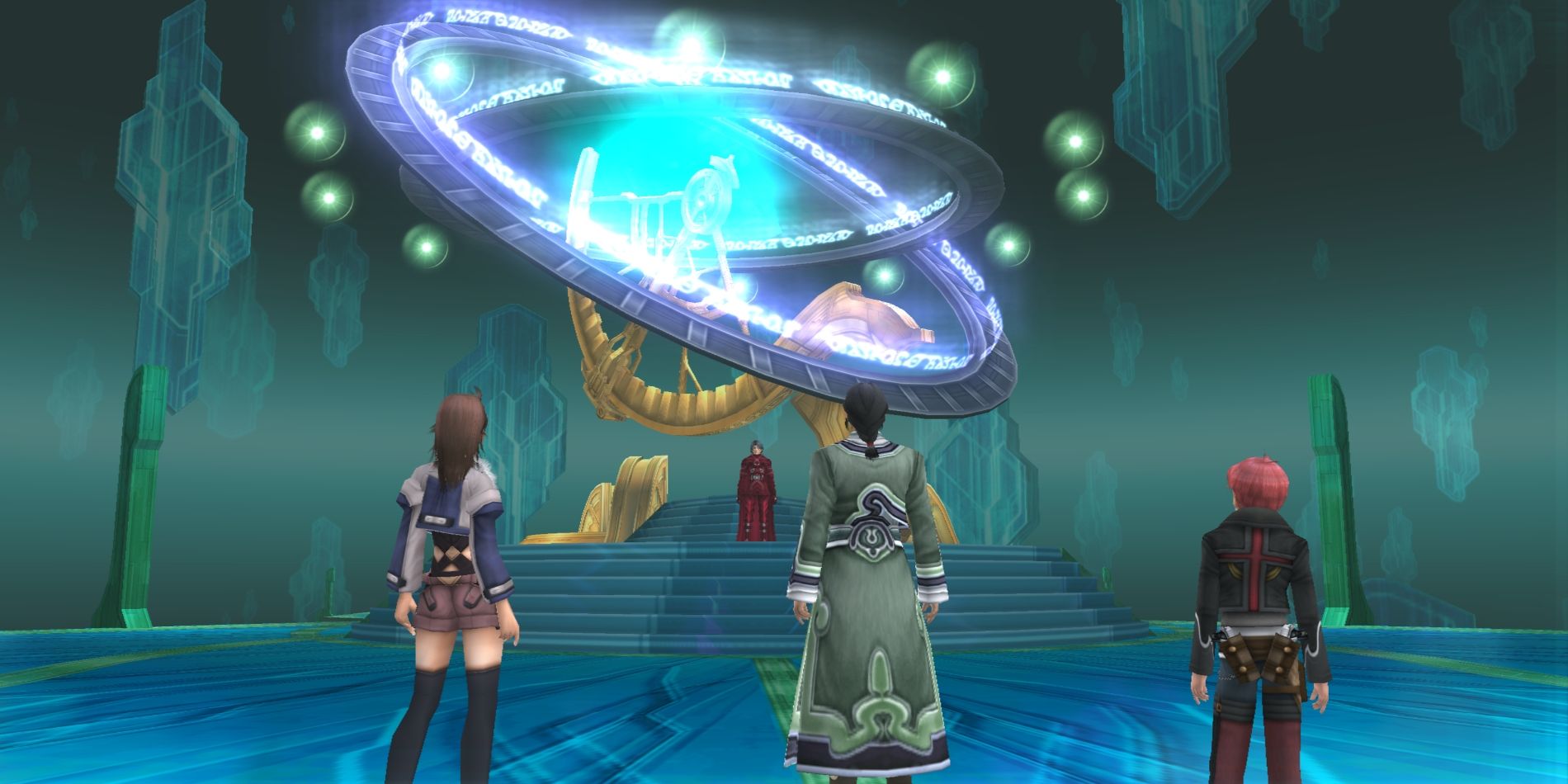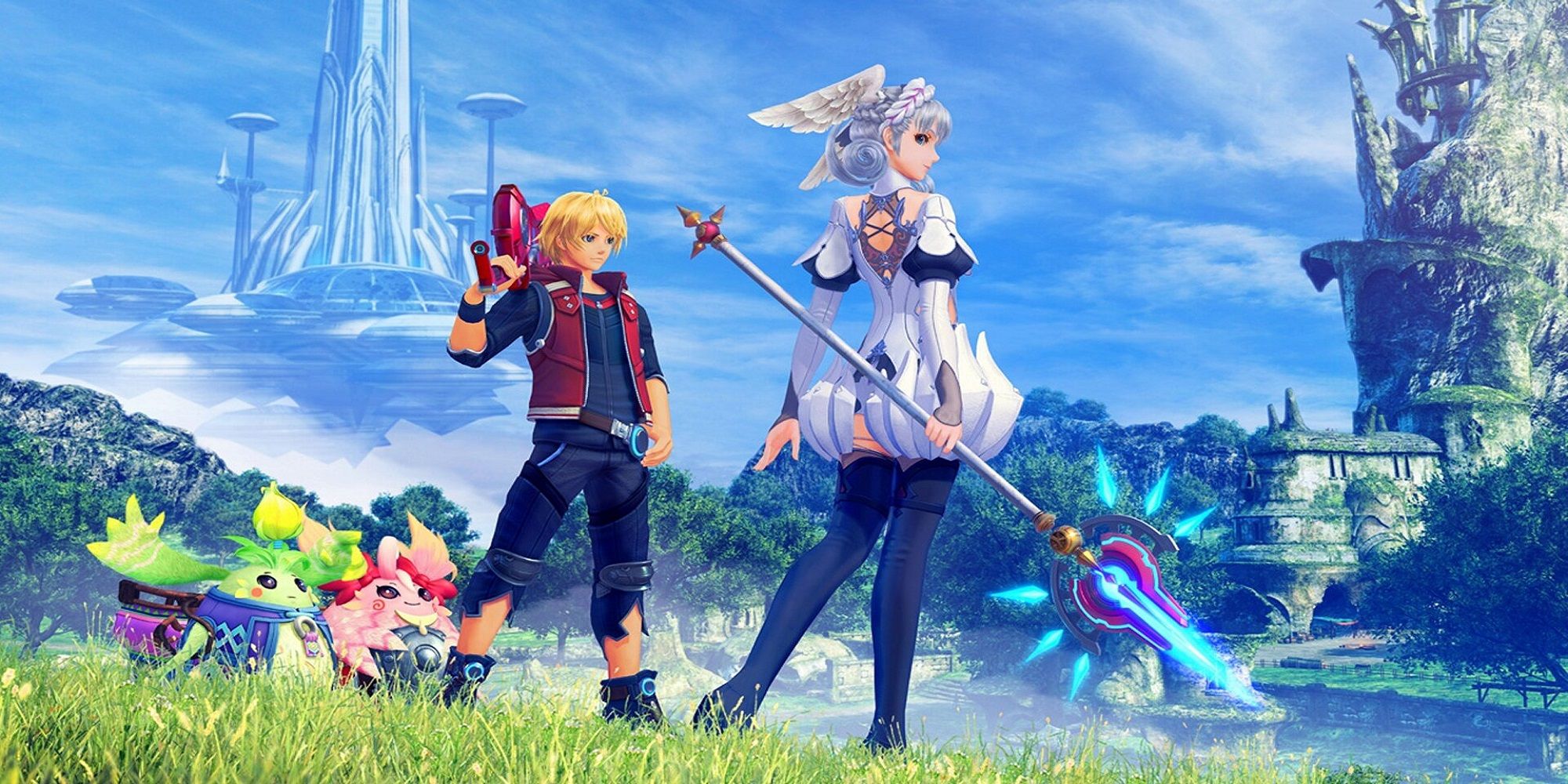Along with Fire Emblem, Xenoblade Chronicles is perhaps the highest profile RPG in Nintendo's first-party lineup. One-part open world, one-part science fantasy epic, the franchise has won critical acclaim for its real-time gameplay, gorgeously expansive worlds and complex storytelling full of mythic symbolism and philosophical allusions. The first game took Japan and Europe by storm, leading to massive American demand, and the series has been a beloved part of the Nintendo family ever since.
This makes it all the more surprising that, if history gone in a slightly different direction, the series would never have existed. In fact, the Xeno name began with a proposal for a Final Fantasy game. After Squaresoft turned the idea down, that pitch transformed into the PlayStation's cult classic Xenogears. Despite a glowing reception, the game's behind-the-scenes drama led its creators to pursue their own ideas elsewhere, leading to various spiritual successors that ultimately evolved into Xenoblade Chronicles.
Xenogears: The Beginning of a Dream
The Xeno story begins with creative couple Tetsuya Takahashi and Kaori Tanaka, better known by her pen name Soraya Saga. They pitched an idea for what would become Final Fantasy VII, which Squaresoft rejected for being too complicated for its flagship franchise. Considering that the released FFVII was a pro-environmentalist, power fantasy-deconstructing exploration of identity and morality, that may seem strange in hindsight. However, even at this early stage, it's clear that the couple wanted to make a very different kind of RPG.
Tanaka and Takahashi's idea became its own game, beginning as a Chrono Trigger successor before evolving into an original title called Xenogears. Despite the game selling 1.9 million copies and becoming a critical darling, with its complex characters and psychology-inspired narrative being especially praised, its development left the couple frustrated. Squaresoft infamously diverted resources from the project, leading to a rushed second half, and both left soon after to pursue their own creative ambitions.
With the help of fellow former Squaresoft employees, Takahashi founded a new development studio called Monolith Soft. Its first big project would be Xenosaga Episode I: Der Wille zur Macht, a sci-fi successor to Xenogears set in the far-future, with Namco as its publisher. This game was to be the first of a six-part story, through which the team could re-explore their first game's ideas without corporate interference.
Xenosaga: The More Things Change, The More They Stay The Same
Unfortunately, Monolith Soft didn't quite win the freedom they so desperately desired. Its relationship with Namco started well, with Xenosaga Episode I releasing to strong critical acclaim, and the two companies even co-conceived the Baten Kaitos series for Nintendo GameCube. Unfortunately, things soured. Future episodes failed to meet sales projections, and the planned six-part story was condensed into a trilogy. Perhaps most surprisingly, Tanaka left the project partway through for reasons that remain unclear.
It didn't help that Xenosaga's localization was among the worst a serialized story could have suffered from. Namco was infamously averse to bringing RPGs to Europe, failing to provide continental releases for Xenosaga, its own Tales franchise and many other titles. Xenosaga Episode II only reached the continent thanks to Sony but, as the middle chapter of the saga, it left players without context for what was happening, effectively killing international interest. By the time Namco merged with Bandai, Monolith was once again beginning to feel constrained.
Fortunately, Nintendo had taken an interest in the young studio. After consulting with executive director Shinji Hatano, Monolith joined the iconic company with a simple deal: creative freedom in exchange for exclusivity. After releasing a few smaller titles, the studio proposed a new adventure set on the bodies of two fallen gods. Originally titled Monado: Beginning of the World, Nintendo's president Satoru Iwata changed the name to Xenoblade to honor Takahashi's previous RPGs -- and that marked the dawn of a new era.
Xenoblade Chronicles: The Dream Comes True
Xenoblade Chronicles was a triumph like nothing Monolith Soft had seen before. With its unique real-time combat, the ability to see the future mid-game and a story that read like a love letter to classic fantasy and sci-fi tropes, it truly was a one-of-a-kind game. Ironically, given the failure of past Xeno titles to appear in Europe, Xenoblade Chronicles was dubbed by British voice talent and became a worldwide sensation even without a U.S. release. Fortunately, North America would eventually get the game thanks in no small part to a massive fan campaign.
The success of Xenoblade all but guaranteed a follow-up and, after porting the original to the 3DS, Monolith released Xenoblade Chronicles X. More of a spiritual successor than a direct sequel, the story followed a team of American space colonists stranded on the alien world of Mira. While not quite as revolutionary as the original, the game's various innovations and more futuristic setting were generally well-received, and it remains a fan favorite to this day. Over the next two years, Monolith would build upon XCX's additions to build a true continuation.
Xenoblade Chronicles 2 expanded the lore of the growing Xenoblade multiverse, revisiting many of the original's ideas while reinterpreting them in its own unique fashion. Although some older fans were disappointed by the game's seeming desire to court a younger audience, with a brighter world and more anime-influenced character designs, it nevertheless became Monolith's most successful game. It surpassed XCX, the original and its Definitive Edition remake in sales, and even got a standalone prequel game called Torna - The Golden Country to expand upon its backstory.
The history of Xenoblade is a tale every bit as fascinating and heart-warming as the games themselves. It's one of the few times where a creator was truly rewarded for sticking to their own vision and having that struggle work out for the best. For all the battles Tetsuya Takahashi has fought throughout his career, his work has never been more popular, and fans couldn't be more excited for the recently-revealed Xenoblade Chronicles 3. As the series' own characters would say, sometimes the future really can be changed for the better.




